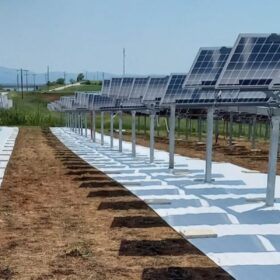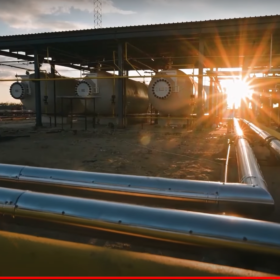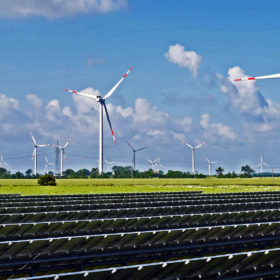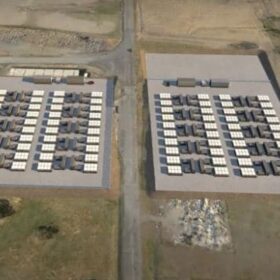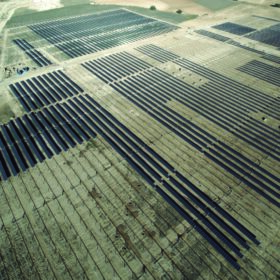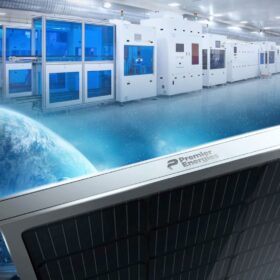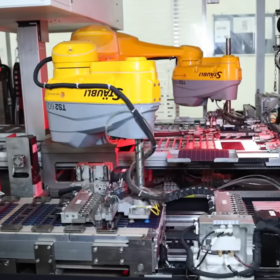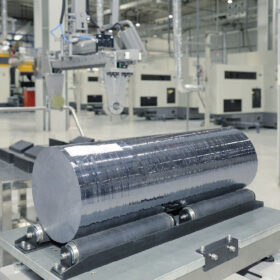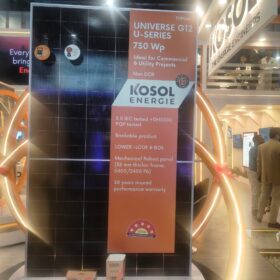Roof-integrated solar takes 44% less time to install on new construction
A time-motion study by NREL discovered that retrofitting installations of roof-integrated photovoltaics takes 7% less labor time than standard solar installations. For new construction, the installation time drops by 44%.
Dutch government allocates €412 million to support ‘circular’ PV panel manufacturing
The Dutch cabinet said it will support solar factories that will produce panels with a circular economy approach. It also allocated €296 million to support battery manufacturing.
China polysilicon price fall decelerates as it reaches ground-floor
In a new weekly update for pv magazine, OPIS, a Dow Jones company, provides a quick look at the main price trends in the global PV industry.
World Bank approves $1.5 billion to support India’s low-carbon transition
The World Bank has approved $1.5 billion in financing to accelerate India’s development of low-carbon energy. The financing will help India scale up renewable energy, develop green hydrogen, and stimulate climate finance for low-carbon energy investments.
Developer using membranes to increase bifacial solar module yield by 6.4%
Germany-based Solar Kapital has used membranes at three of its PV plants in Greece. It claims that the payback time of the new solution is relatively short.
Govt releases incentive guidelines for green hydrogen, electrolyzer production
The Ministry of New and Renewable Energy (MNRE) has notified the guidelines for its incentive schemes to promote the domestic production of green hydrogen and electrolyzers.
ReNew commissions 70 MW of C&I wind-solar projects
ReNew has commissioned a 42.8 MW renewable energy project for consumption by Sandur Manganese & Iron Ores and another 27.2 MW for Toyota Kirloskar Motor.
‘Renewables will eat itself,’ says Australian analyst
Over the next five to 15 years, batteries will undercut the business case for major transmission and interconnector projects. These assets will nonetheless likely be built, decreasing price spreads and eating into the revenues of batteries, predicts analyst Warwick Johnston.
Spain targeting 56 GW of new solar by 2030 under new energy strategy
The Spanish government says it aims to deploy 76 GW of cumulative PV capacity and 22 GW of storage by the end of this decade. The old version of the national energy strategy had set a PV target of 39 GW.
Premier Solar, Amara Raja Infra JV wins $130 million contract in Bangladesh
Premier Solar Powertech, in a joint venture with Amara Raja Infra, has secured a $130 million PV contract in Bangladesh. The company will provide technical support and supply 140 MWp of high-efficiency solar panels to the project.




